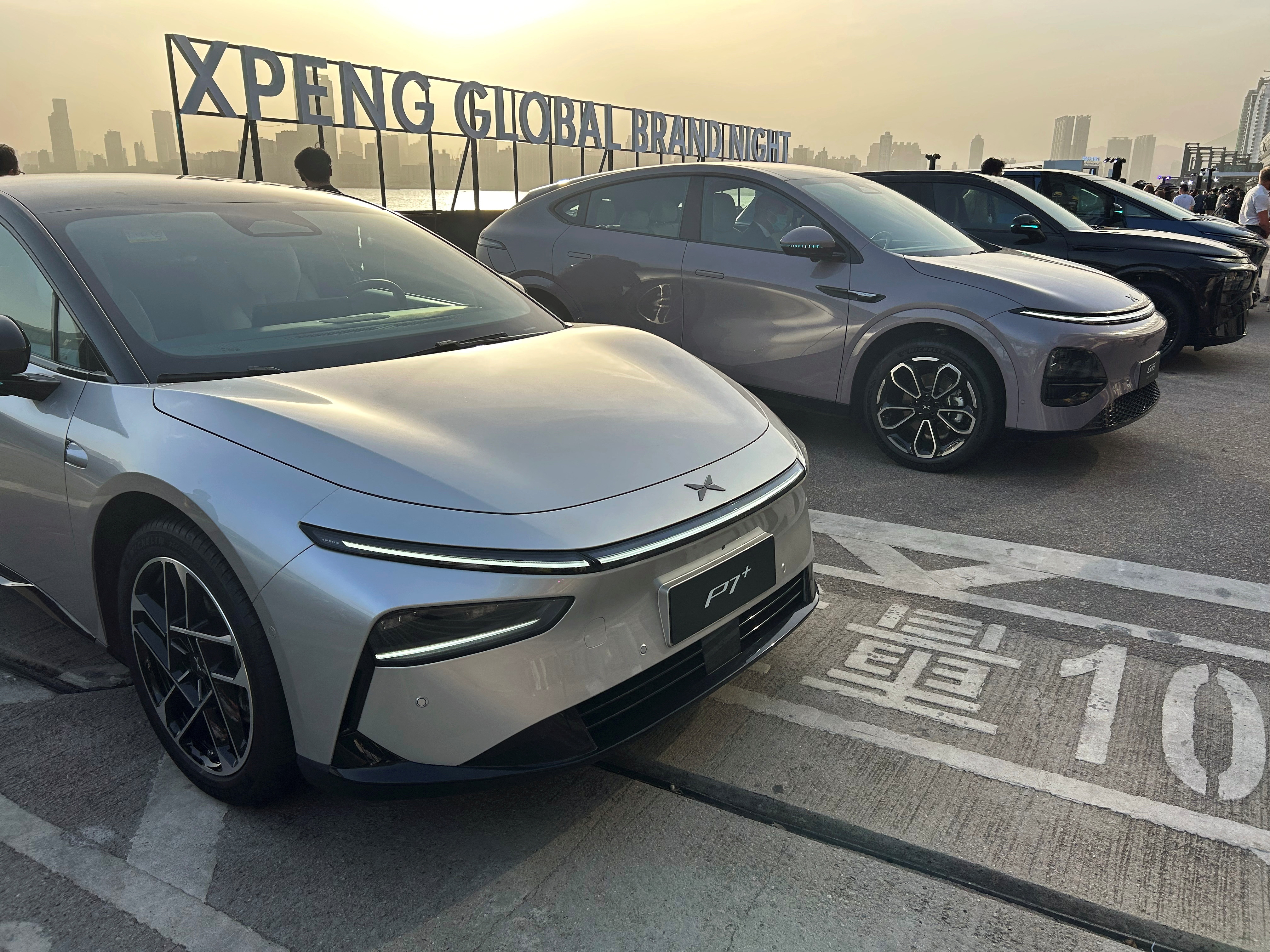Manufacturers of Chinese electric vehicles are quickly expanding into global markets, but intense rivalry domestically endangers the existence of certain brands.
Over recent years, China has become a major force in the electric vehicle (EV) industry. The country’s producers have utilized cutting-edge technology, strong supply systems, and government support to lead national sales while aiming for worldwide growth. Prominent firms are now shipping their cars to Europe, North America, and Southeast Asia, indicating the emergence of Chinese EVs as formidable rivals in the global automobile arena. Nonetheless, the intense price battles happening in China’s home market present a notable obstacle, leading to concerns about the future viability of numerous brands.
World expansion and global aspirations
Chinese EV companies are no longer content with capturing domestic market share. Firms such as BYD, NIO, XPeng, and Li Auto have begun forging paths into foreign markets, positioning themselves as affordable alternatives to established Western automakers. By offering high-spec vehicles at lower price points, these brands aim to attract cost-conscious consumers while demonstrating that Chinese EVs can compete in quality, safety, and innovation.
In Europe, Chinese electric vehicles are now visible in prominent cities, capturing the interest of customers attracted by incentives for electric mobility and a commitment to eco-friendly living. Simultaneously, in Southeast Asia and Latin America, manufacturers are entering developing markets where there is an increasing need for cost-effective, energy-saving cars. This worldwide growth demonstrates both strategic planning and belief in their technological advancements, from battery efficiency to intelligent vehicle systems.
The push abroad also serves to diversify revenue streams. With domestic competition intensifying, expanding internationally allows manufacturers to offset some of the margin pressures they face at home. By entering markets where electric vehicles are still in early stages of adoption, Chinese brands can build recognition and loyalty before global competition becomes even fiercer.
Conflicts over domestic pricing and unification of the market
While international growth appears promising, the home front presents a more daunting challenge. The Chinese EV market has been characterized by intense competition, with dozens of brands offering similar models at increasingly aggressive prices. This has created a “race to the bottom” scenario, where profitability is under constant pressure, and smaller or less established brands risk being squeezed out entirely.
Government subsidies have historically played a role in promoting EV adoption in China, but changes in policy and the gradual reduction of incentives have intensified price competition. Many manufacturers now rely on high-volume sales to maintain profitability, but the market is reaching saturation in some urban centers. Companies that cannot maintain scale or differentiate their products face financial strain, leading to closures, mergers, or acquisitions.
The outcome is likely to be a wave of consolidation, with stronger brands absorbing weaker rivals or some exiting the market entirely. While this may reduce domestic choice for consumers, it could ultimately strengthen the most competitive players, who can then leverage their position for international expansion.
Technological innovation as a survival strategy
In a market characterized by intense price competition, advances in technology have emerged as a significant factor that sets companies apart. Businesses that focus on developing battery technology, self-driving systems, and intelligent connectivity capabilities are more likely to withstand local and international competitive forces. Buyers are now looking at factors beyond just cost when selecting an electric vehicle, such as range, safety, software compatibility, and design, indicating that brands cannot depend solely on reduced prices to retain their share of the market.
Battery efficiency, in particular, is a key battleground. Chinese manufacturers have made significant strides in developing high-capacity batteries with longer lifespans, faster charging, and improved safety features. By coupling these advances with competitive pricing, companies can create compelling value propositions that appeal to both domestic and international buyers.
Moreover, smart vehicle technology—including AI-assisted driving, digital interfaces, and connected mobility services—is becoming a central selling point. Brands that offer a seamless integration of hardware and software are more likely to maintain customer loyalty and withstand competitive pressures. In this way, technological innovation acts as both a shield and a spear: protecting margins at home while penetrating global markets.
Reflections on geopolitics and commerce
The global expansion of Chinese EVs is not without challenges. Geopolitical tensions, trade restrictions, and regulatory differences can complicate market entry, requiring companies to navigate complex legal frameworks and import standards. For instance, entering the European Union or U.S. markets involves compliance with stringent safety and environmental regulations, intellectual property protections, and localized customer expectations.
Trade disputes could also impact pricing strategies and profitability. Tariffs or other trade barriers may reduce the cost advantage that Chinese EVs enjoy over local competitors. In response, some manufacturers are exploring localized production or joint ventures to mitigate these risks, further demonstrating the adaptability of China’s EV industry.
Despite these challenges, the global appetite for electric mobility provides significant opportunities. With climate policies promoting the transition to cleaner energy and consumer interest in sustainable transportation growing, Chinese EV brands are well-positioned to gain market share abroad—provided they can maintain financial and technological competitiveness at home.
Redefining electric vehicles
The trajectory of Chinese EVs illustrates both promise and peril. On one hand, the international expansion underscores the potential of Chinese automakers to redefine the global automotive industry, bringing affordable, technologically advanced vehicles to new markets. On the other hand, the domestic price war serves as a reminder that success abroad depends on resilience and profitability at home.
Companies that can combine innovation, operational efficiency, and strategic pricing are likely to thrive, while weaker competitors may disappear from the market. This natural selection process could ultimately strengthen the sector, allowing Chinese brands to compete on quality and reliability rather than merely cost.
As growth in the global EV sector persists, the balance between local demands and worldwide goals will influence the trajectory of China’s electric vehicle industry. It is crucial for investors, buyers, and decision-makers to comprehend this interaction to predict the potential gains and challenges in one of the fastest-changing fields globally.
The expansion of Chinese EVs reflects a broader shift in global automotive power. While the road ahead is fraught with challenges—from price wars to trade disputes—the sector’s ability to innovate and adapt suggests that Chinese brands are not just participating in the electric revolution—they are helping to define it.




:max_bytes(150000):strip_icc()/GettyImages-22225137211-d32c29063f0e4fc4b2d9ba32062ade31.jpg)